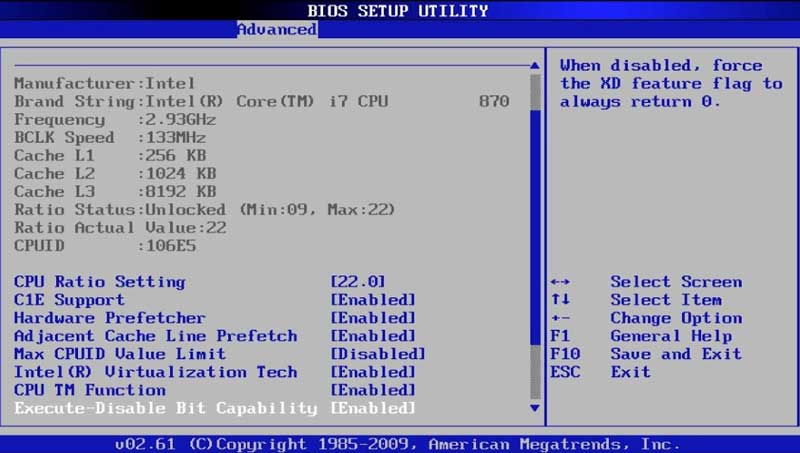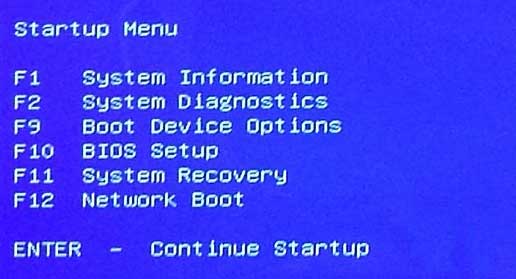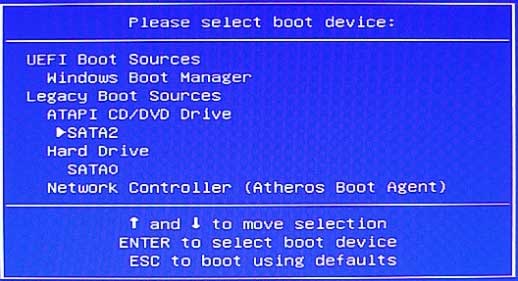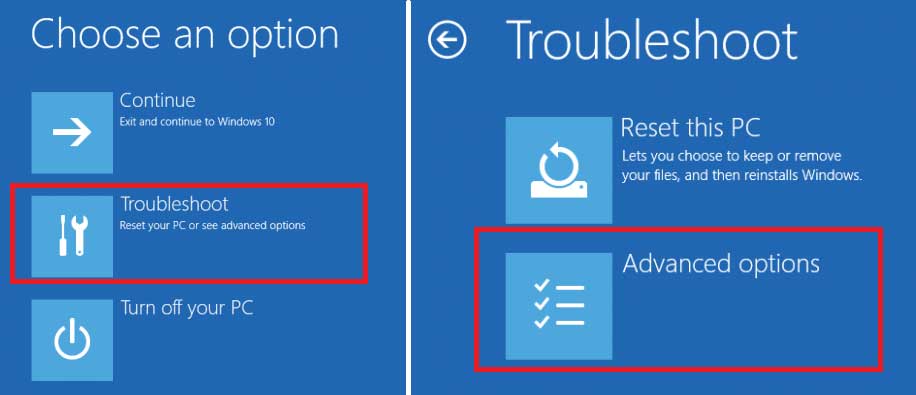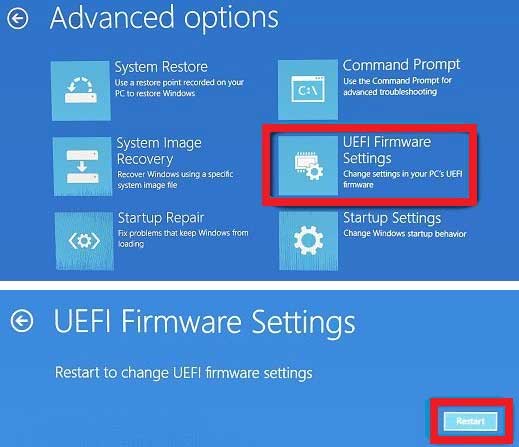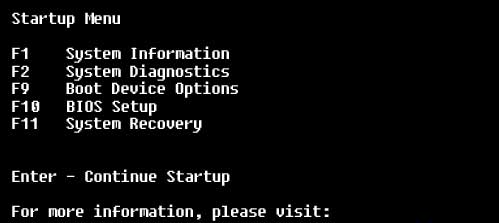Did you know what the fundamental things that BIOS does on your HP Laptops or PCs are? BIOS is a non-volatile firmware that is used to perform hardware initialization while your device is booting. However, it also provides runtime services for operating systems and programs.
HP BIOS or Boot generally refers to Hewlett Packard’s Basic Input Output System. However, some users get confused when it comes to accessing the BIOS settings and which key they need to press. Well, now there is no need to worry! Here, we have mentioned all the HP BIOS keys generally used in HP Notebooks, Probooks, Pavilions, Laptops, computers, and desktops.
The BIOS function connects all your peripherals, such as a Storage Drive, Mouse, Monitor, Keyboard, and every necessary device, to your Windows 10, 11, 8, and 7 PC. Let’s start with our guide to learn more details about the HP BIOS Menu key.
Also Read- How To Roll Back Windows 11 to Windows 10
How Does BIOS Work on Your HP Devices?
BIOS provides a hardware abstraction layer for the keyboard, display, and other input/output (I/O) devices that standardize an interface to application programs and the operating system. However, it also includes instructions on how to load your basic computer hardware.
Before booting up to Windows, it first tests your PC called POST (Power On Self Test), which helps verify if your system meets the requirements to boot up properly in the Windows version you are using.
We usually do not receive any errors while booting up. But what if your computer does not pass the power-on self-test? Well, you will receive a combination of beeps that indicate some malfunctioning within your computer.
HP BIOS Key for Windows 10 Laptop
So, let’s first discuss the HP BIOS menu key that you can use on your Windows 10 HP Laptops and desktops, such as Probook, Pavilion Notebook, ZBook, and other models.
Well, depending on the HP model, four different BIOS keys are used, and you can easily access the HP BIOS settings of your device, such as F10, F12, F11, or F8 keys. Now, to use these keys, follow the steps mentioned below:
- Firstly, Shutdown Windows 10 PC or Laptop completely.
- After that, press the Power Button to Turn ON your Laptop.
- Now, just after that, you have to keep pressing the ESC Key. This will open the Startup Menu on your HP Laptop or PC.
- After that, press the BIOS keys described above or use the picture below. This will help you enter any particular BIOS setup that you want.
That’s it. These are some HP BIOS keys that you can use. However, as we have already mentioned, these keys will be different for different devices. Therefore, it is possible that you need to use some other keys that we have mentioned further in this article for some devices.
HP Boot Menu Key
The keys mentioned above may not work for devices like HP Probook, Notebook, and different HP laptops. So, for this device, you need to use F9, F8, or F2 keys to enter into the BIOS setup. Now, to use these keys, follow the steps mentioned below:
- To start, Shutdown Windows 10 PC or Laptop completely.
- After that, press the Power Button to Turn ON your Laptop.
- Just after that, you have to keep pressing the F9 Key. This will open the HP Boot Menu, which may also be known as Windows 10 UEFI Settings.
- After that, choose the particular setting you want to access by using the up and down arrow to select along with the enter key.
This is how you can access the boot menu of some of your particular HP devices. There are usually three to four boot options available, such as HDD, SSD, CDROM, USB, and External Drives.
Steps to Enter BIOS Settings and Boot Menu Options in HP Laptop?
BIOS settings and Boot menu options are fundamental aspects of booting from USB or DVD media. But, to do this, we first have to enable the boot options from the BIOS setup to perform the Windows installation.
However, on your HP laptops, you need to know how to enter into the Windows 10 UEFI (Unified Extensible Firmware Interface Forum) Firmware Settings. Well, in case you know that then let’s directly jump into the below-described steps:
- First of all, go to the Start Menu.
- Now, click on the Power Button and reboot your Laptop. But, this time, you have to the Shift key until the Choose an option window appears.
- Then, go to the Troubleshoot section and click on the Advanced options.
- After that, select the UEFI Firmware Settings and reboot your device. Now, you’ll get the list of boot options.
- Finally, press the F10 or F9 Key to access the BIOS Setup and Boot Device Options of your HP Laptop on Windows 10.
What To Do If Bootable USB Not Showing Up In Boot Menu Windows 10? (Only HP)
In case your Bootable USB drive is not showing up in your Windows 10 boot menu. Then, you need to follow the instructions we have mentioned below:
A) Restart the system into the BIOS and proceed as indicated next:
- First of all, you need to Enable the Quiet Boot option from the Main Menu.
- After that, you need to ensure that the Legacy USB Support option is turned on from the Advanced menu.
- Now, make sure the USB Boot Priority is enabled.
- Finally, check if the Boot Mode/EFI Optimized Boot is set to Legacy mode located under the Boot Options menu.
- That’s it. Now, Save the changes that you’ve made and exit.
B) Enable The USB Boot Priority
- Firstly, restart your HP Laptop into BIOS mode.
- Then, you need to make sure that the Boot Mode is set to EFI (or UEFI) located under the Boot Options menu.
- After that, enable the USB Boot Priority and save the changes that you’ve made.
So, that’s everything from our side about the HP Laptop BIOS/Boot Menu Key on Windows 10. We hope that this comprehensive guide will help you. Also, in case you have any doubts regarding the BIOS menu key, let us know in the comment section.

